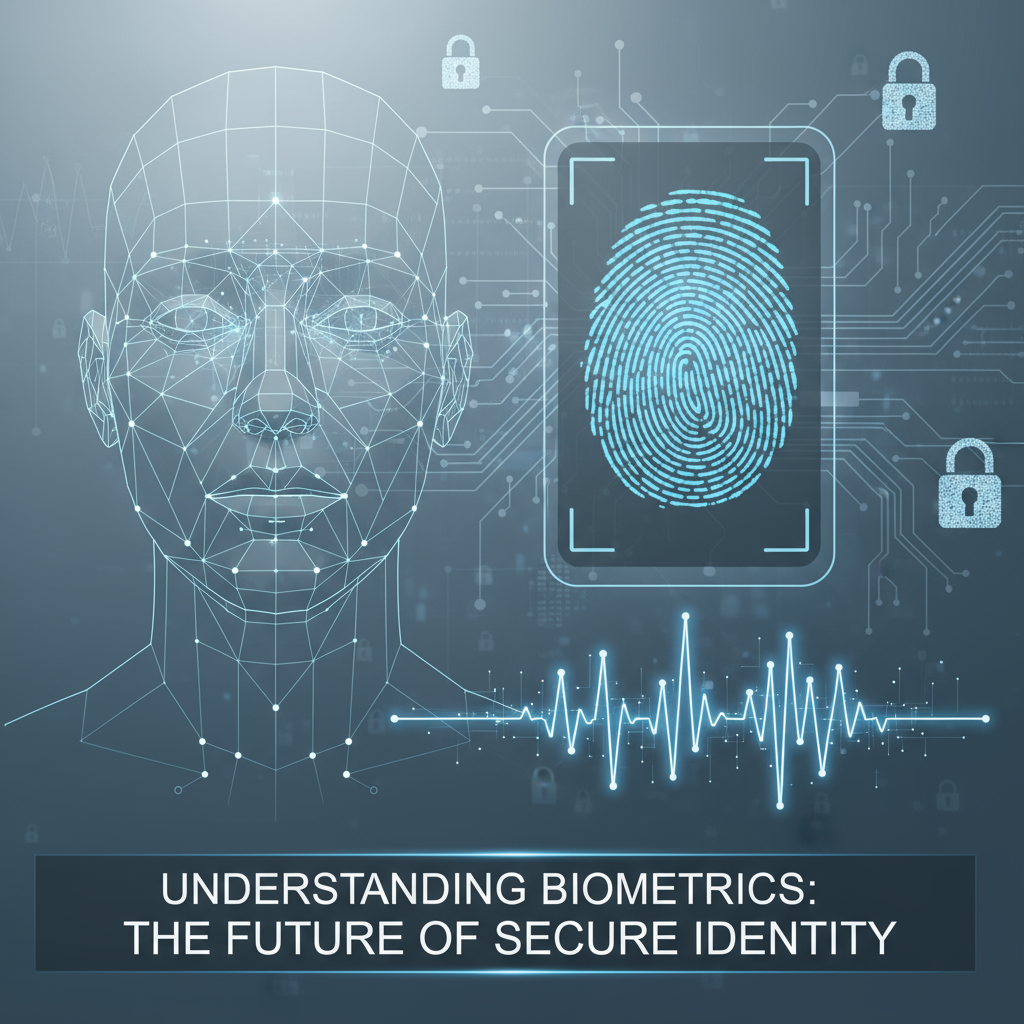Summary
In today’s digital-first world, businesses must find new ways to attract, engage, and retain customers. One of the most effective methods is the use of biometrics in products, services, and solutions. Biometrics—such as fingerprints, facial recognition, iris scans, or voice identification—offer businesses a unique opportunity to improve customer experience, boost security, cut costs, and ensure compliance.
This blog explores the advantages of biometrics, explains why more businesses are adopting them, and breaks down the five key benefits of biometric technology that directly contribute to business growth.
Customers expect speed, convenience, and security at every touchpoint. Traditional methods like passwords, PINs, and ID cards are outdated—they create friction, pose security risks, and limit personalization. That’s where biometrics step in.
The uses of biometrics extend beyond unlocking phones or securing bank accounts. From healthcare and financial services to retail and enterprise security, businesses worldwide are integrating biometric technology to gain a competitive edge. By leveraging biometrics advantages, organizations can not only deliver seamless user experiences but also foster trust, reduce operational costs, and maintain regulatory compliance.
Let’s explore the five reasons why businesses should embrace biometric technology to attract more customers and build long-term loyalty.
1. Deliver Simplicity to Customers

One of the biggest advantages of biometrics is simplicity. Today’s customers value convenience, and biometrics make processes faster and smoother.
- Instead of typing in complex passwords, a customer can log in with a fingerprint or facial scan.
- Instead of swiping a card, a payment can be authorized instantly using voice recognition.
- Instead of carrying ID badges, employees can access facilities through biometric entry.
This use of biometrics eliminates friction points in the customer journey. Businesses that integrate simple, intuitive solutions build a reputation for being customer-friendly. In highly competitive markets, that simplicity becomes a key differentiator.
2. Protect Businesses and Customers from Financial Loss

Security is non-negotiable. Traditional authentication methods like passwords or PINs are vulnerable to theft, duplication, or hacking. Lost cards and shared credentials create gaps that criminals can exploit.
Biometrics solve this problem. Unique identifiers—like fingerprints, iris patterns, or facial features—cannot be easily copied or stolen. This makes biometric authentication one of the strongest defenses against:
- Identity theft
- Unauthorized account access
- Fraudulent transactions
The benefits of biometric technology extend beyond security—they also build trust. When customers know their data and money are protected, they are more likely to stay loyal. This confidence directly impacts customer retention and reduces the risk of financial loss for businesses.
3. Personalize the Customer Experience
Another powerful use of biometrics is personalization. By analyzing biometric data, businesses can better understand customer behaviors, preferences, and needs. This insight allows companies to:
- Offer personalized recommendations in retail or e-commerce.
- Tailor banking services to customer profiles.
- Improve healthcare treatments by linking biometric data to patient history.
The advantages of biometrics lie in the ability to create experiences that feel uniquely designed for each customer. In an age where customers expect hyper-personalization, biometrics give businesses the tools to meet—and exceed—expectations.
4. Reduce Operational Headaches and Costs
Biometric technology doesn’t just help with customer-facing processes—it also streamlines internal operations. This is one of the most overlooked but critical benefits of biometric technology.
Examples include:
- Faster checkouts in retail by using biometric payments.
- Employee attendance tracking with fingerprint scans instead of manual registers.
- Shorter queues at airports with biometric boarding passes.
- Access management in enterprises without physical keycards.
These efficiencies reduce wasted time, cut operational costs, and free up resources for more value-driven tasks. Additionally, the real-time data from biometric systems helps businesses optimize workflows, identify bottlenecks, and make smarter decisions.
5. Ensure Compliance and Avoid Fines
With rising data privacy concerns, businesses face strict regulations like KYC (Know Your Customer) and AML (Anti-Money Laundering) requirements. Non-compliance can result in heavy penalties and reputational damage.
Biometric systems help businesses meet compliance requirements seamlessly:
- They provide secure and traceable identity verification.
- They incorporate privacy-by-design principles with encrypted biometric templates.
- They reduce risks of data breaches and ensure proper authentication.
This use of biometrics protects businesses from legal troubles and gives customers confidence that their data is handled responsibly. Ultimately, this strengthens brand reputation and builds trust—two essentials for long-term success.
FAQs
What are the main advantages of biometrics in business?
The advantages of biometrics include stronger security, faster authentication, reduced costs, improved customer convenience, and compliance with regulations.
What are the most common uses of biometrics?
Common uses of biometrics include unlocking devices, making payments, securing business facilities, employee attendance tracking, airport boarding, healthcare verification, and online banking authentication.
Are biometrics safe to use?
Yes. Modern biometric systems store encrypted biometric templates rather than raw data, making them extremely difficult to misuse or hack.
How do biometrics enhance customer experience?
Biometrics eliminate the need for passwords and physical cards, creating smoother interactions. They also enable personalized services by linking data insights with customer behaviors.
Do biometric systems save businesses money?
Yes. By reducing fraud, avoiding regulatory fines, and cutting costs related to passwords, cards, and manual processes, biometric systems provide long-term financial benefits.
Which industries benefit most from biometric technology?
Industries such as finance, healthcare, retail, education, government, and travel benefit greatly from biometrics. Each relies on security, personalization, and compliance.
Conclusion
Biometrics are no longer futuristic—they are practical tools that deliver measurable value today. The benefits of biometric technology include simplicity, stronger security, personalization, efficiency, and compliance. Together, these biometrics advantages help businesses not only attract new customers but also retain them in the long run.
For organizations ready to stand out in competitive markets, adopting the use of biometrics is no longer an option—it’s a necessity.




